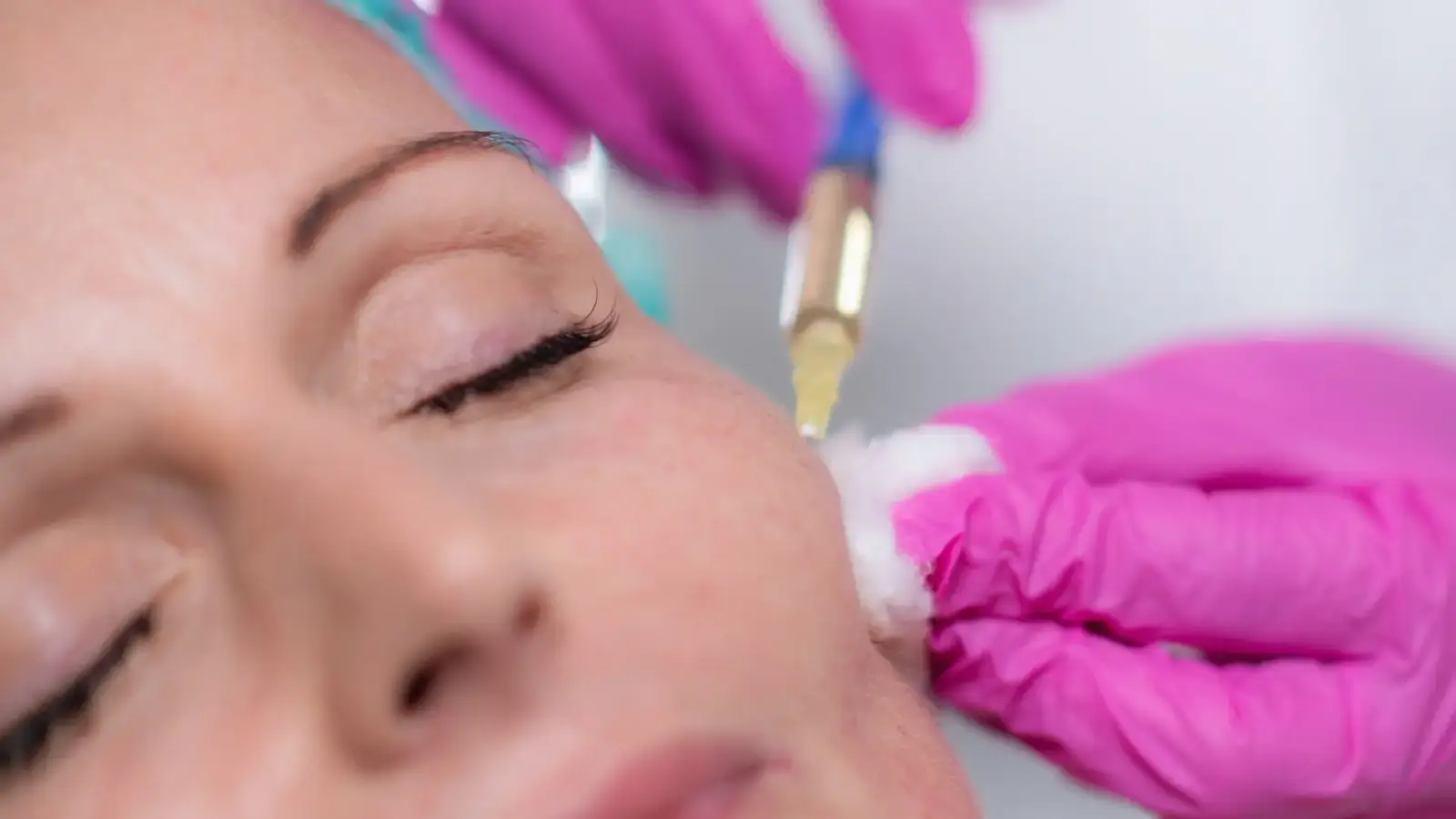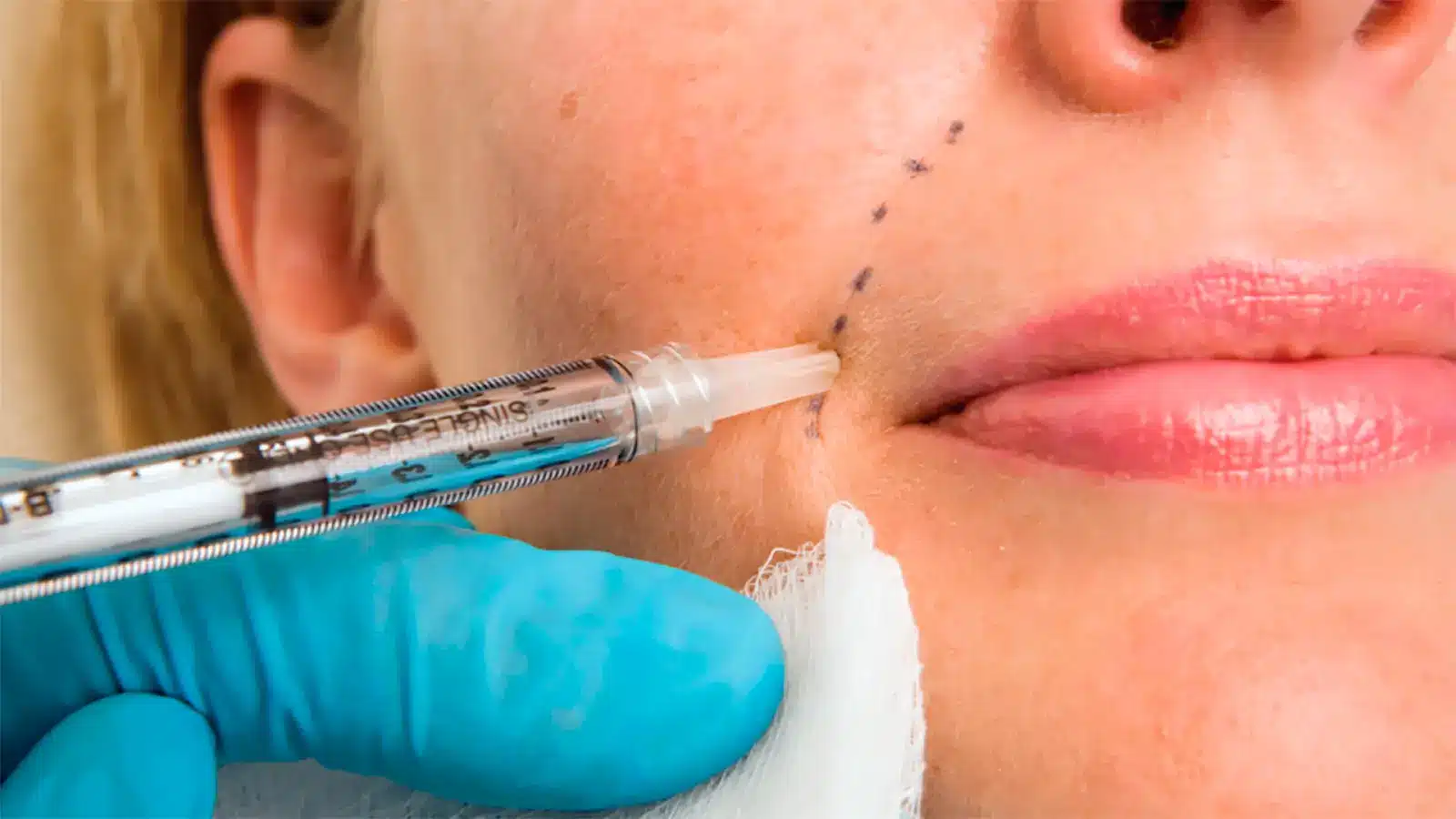
About half of the body’s hyaluronic acid is found in the skin, where it plays a vital role in maintaining hydration and promoting a youthful appearance. This naturally occurring substance is highly effective in combating visible signs of aging. Its remarkable ability to retain moisture has made it a key ingredient in aesthetics, particularly for skin rejuvenation and facial enhancements.
Hyaluronic acid (HA) helps plump and refresh the skin by locking in moisture within tissue cells. It is a cornerstone of dermal fillers used to address fine lines, wrinkles, and volume loss. Among the most popular HA-based fillers are Hyafilia and Juvederm, each offering unique formulations for specific treatments and indications.
Understanding the differences between Hyafilia and Juvederm is essential for selecting the right treatment to meet individual aesthetic goals. This article compares Hyafilia vs Juvederm, exploring their formulations, injection techniques, ideal treatment areas, clinical efficacy, and safety profiles.
Key Takeaways
- Hyafilia and Juvederm are hyaluronic acid-based dermal fillers widely used for facial rejuvenation. They are also used for wrinkle treatment, volume restoration, and contouring.
- Hyafilia is known for its dense, enzyme-resistant gel and flexibility, making it suitable for deep wrinkles and specific areas like smile lines. It uses V-Phasic technology to balance bi-phasic and mono-phasic characteristics.
- Juvederm employs Vycross technology to create a smooth gel that provides seamless application and long-lasting results, often lasting up to 2 years for certain treatments.
- Both fillers are effective and versatile, but their longevity, formulation, and target areas differ, allowing practitioners to tailor treatments to individual needs.
- Patient satisfaction is high for both fillers, with Hyafilia praised for its natural results and Juvederm noted for its FDA approval and immediate, durable outcomes.
About: Doctor Medica is your trusted supplier of top-quality dermal fillers, viscosupplements, and more for your medical practice. We offer genuine products from leading brands at the lowest prices. Contact Doctor Medica today to order Hyafilia online.
Understanding Hyafilia and Juvederm

Hyafilia and Juvederm are hyaluronic acid (HA) dermal fillers used for facial rejuvenation but differ in composition, formulation, and crosslinking technologies.
Hyafilia is known for its dense and viscous composition, which makes it suitable for enhancing facial contours such as the cheeks, nose, and chin. It uses V-Phasic technology, combining bi-phasic and mono-phasic characteristics to create a resilient and enzyme-resistant gel.
On the other hand, Juvederm employs Vycross technology, which integrates different molecular weights of HA to form a smooth gel consistency. This technology enhances the filler’s durability and integration into the skin, making it effective for reducing wrinkles and adding volume to areas like the lips and nasolabial folds.
While both fillers utilize hyaluronic acid, Hyafilia’s V-Phasic technology provides a denser and more resilient gel, whereas Juvederm’s Vycross technology offers a smoother consistency and longer-lasting results.
Indications and Results

Hyafilia and Juvederm address facial aging by filling wrinkles and adding volume, delivering effective and natural-looking results. Even though Hyafilia FDA approval remains unclear, it continues to offer significant benefits for users seeking non-surgical aesthetic solutions.
- Facial Volumization: Both Hyafilia and Juvederm excel in facial volumization. These hyaluronic acid fillers restore volume to sagging or thinning areas, enhancing facial contours. They are popular choices for plumper lips, fuller cheeks, and smoother jawlines, providing a refreshed, youthful appearance.
- Wrinkle Treatment: By filling in facial lines, Hyafilia and Juvederm effectively reduce the appearance of wrinkles. Hyafilia’s flexible formulation is particularly well-suited for smile lines, while Juvederm’s structured gel is ideal for deeper wrinkles and folds.
The duration of results varies depending on the product and treatment area. Hyafilia typically lasts 6–9 months, while Juvederm’s advanced crosslinking technology often provides results lasting up to 12 months or more.
Side Effects and Patient Satisfaction
Hyafilia can cause mild and temporary side effects, such as swelling, redness, bruising, and itching, which typically subside within a few days. Rare complications, like nodules or allergic reactions, can occur but are uncommon. Proper injection techniques and post-treatment care are crucial in minimizing these risks.
Juvederm also presents similar side effects, including swelling, tenderness, bumps, firmness, pain, bruising, discoloration, redness, and itching. These reactions are generally minor and resolve within a week. Severe allergic reactions are rare but possible.
In terms of patient satisfaction, patients generally have positive reviews and experiences with both fillers. Hyafilia is praised for its natural-looking results, versatility, and ability to treat deep wrinkles, facial folds, and acne scars. Its results typically last 9 to 12 months, requiring fewer touch-ups.
Many practitioners patients praise Juvederm for its immediate results and long-lasting effects, often lasting from 6 months to 2 years. It has FDA approval and is versatile, treating areas like the cheeks, lips, and nasolabial folds.
Conclusion
Hyafilia and Juvederm are trusted dermal fillers that address various aesthetic concerns, including wrinkles, volume loss, and facial contouring. Hyafilia excels in flexibility and natural-looking results, while Juvederm’s smooth gel texture and long-lasting effects make it a top choice for comprehensive facial rejuvenation.
By understanding the differences in formulation, indications, and longevity, practitioners can recommend the best filler to meet each patient’s unique needs. Both products exemplify the advancements in dermal filler technology, offering safe, effective solutions for achieving youthful, refreshed appearances.
FAQs
1. What are Hyafilia and Juvederm?
Hyafilia and Juvederm are popular hyaluronic acid dermal fillers that can reduce wrinkles, restore volume, and enhance facial contours.
2. How do these two dermal fillers compare?
Hyafilia uses V-Phasic technology for a dense, resilient gel, while Juvederm employs Vycross technology for a smooth gel with longer-lasting results.
3. Which filler lasts longer?
Juvederm often lasts longer, with results ranging from 6 months to 2 years, depending on the product and treatment area. Hyafilia typically provides results lasting 6–12 months.
4. Are Hyafilia and Juvederm safe?
Both fillers are safe when administered by qualified practitioners. Juvederm has FDA approval in the United States, while Hyafilia is popular in markets with differing regulatory standards.
References
Eske J. Everything you need to know about hyaluronic acid. Published June 26, 2023. https://www.medicalnewstoday.com/articles/326385
Signorini M, Liew S, Sundaram H, et al. Global Aesthetics Consensus: Avoidance and Management of Complications from Hyaluronic Acid Fillers—Evidence- and Opinion-Based Review and Consensus Recommendations. Plastic & Reconstructive Surgery. 2016;137(6):961e-971e. doi:10.1097/prs.0000000000002184
Related Articles
Joanna Carr
Botox Crows Feet Explained – Why Is It So Popular
Interested in learning more about Why Botox Is So Popular For Crows Feet Treatment? Browse Doctor Medica's comprehensive archive of blog posts.
Joanna Carr
Depo Provera Injection Site – Gluteoid or Deltoid Muscle
Choosing the right injection site for contraceptives like Depo Provera is crucial for efficacy and minimizing discomfort.
Joanna Carr
Amalian Vs Juvederm: Similarities And Differences Reviewed
Interested in learning more about A Review Of The Similarities and Differences of Amalian And Juvederm? Browse Doctor Medica's comprehensive archive o...


